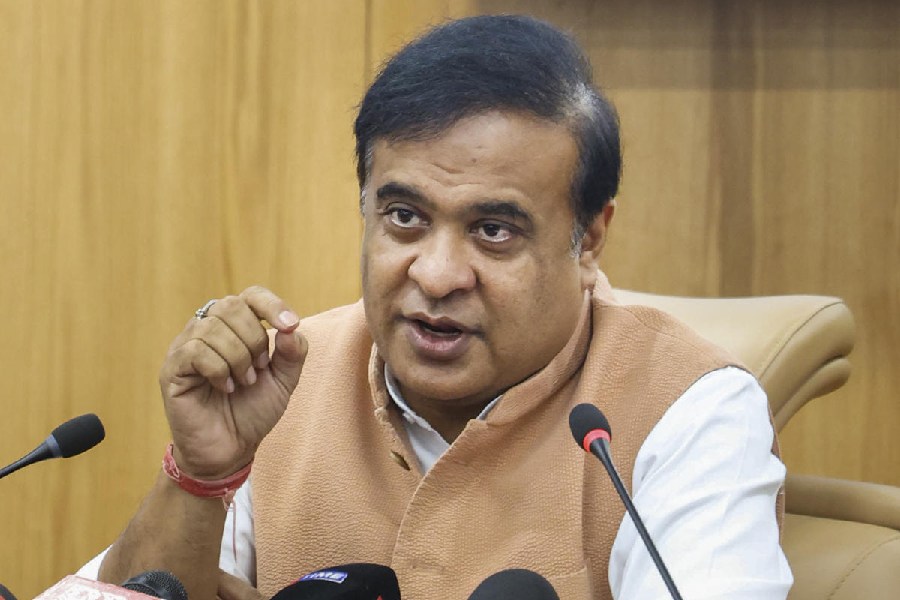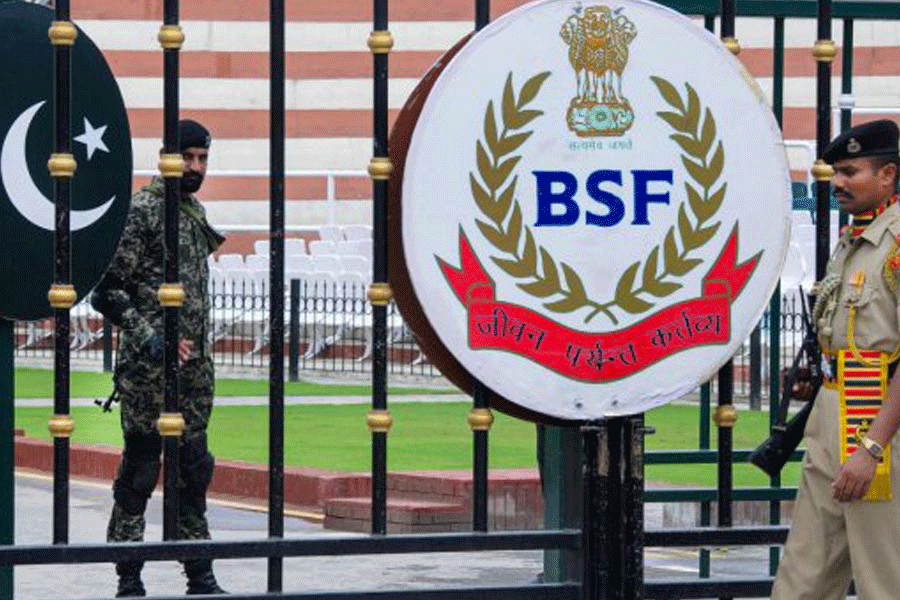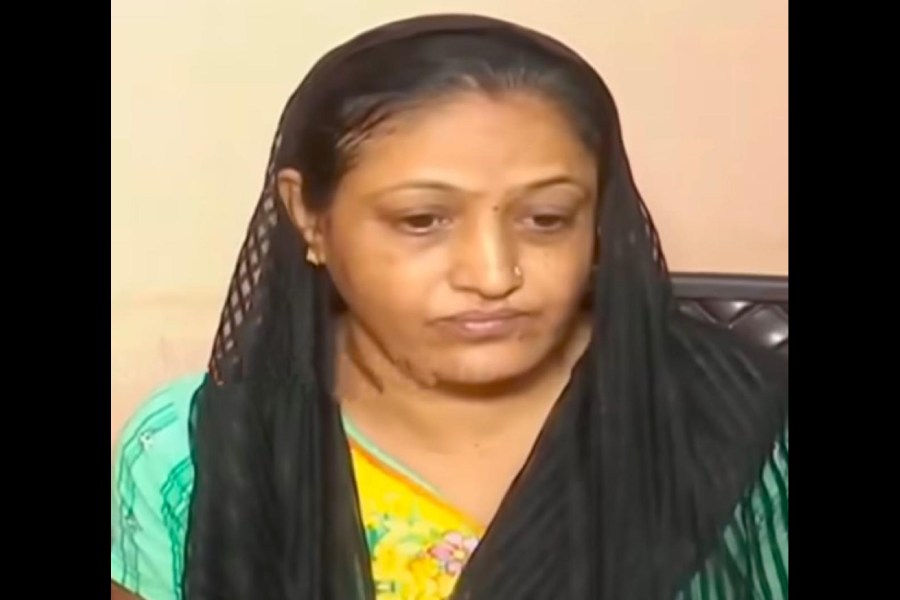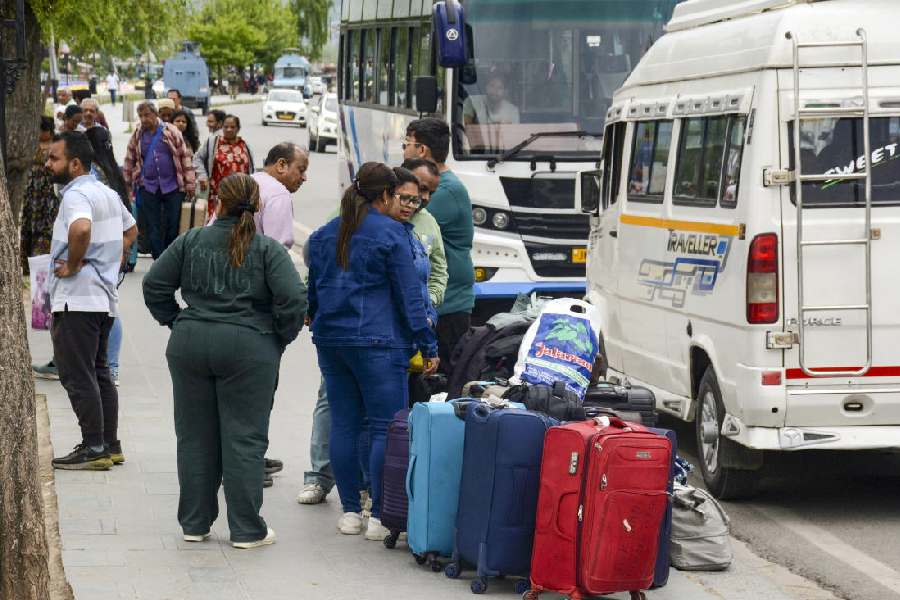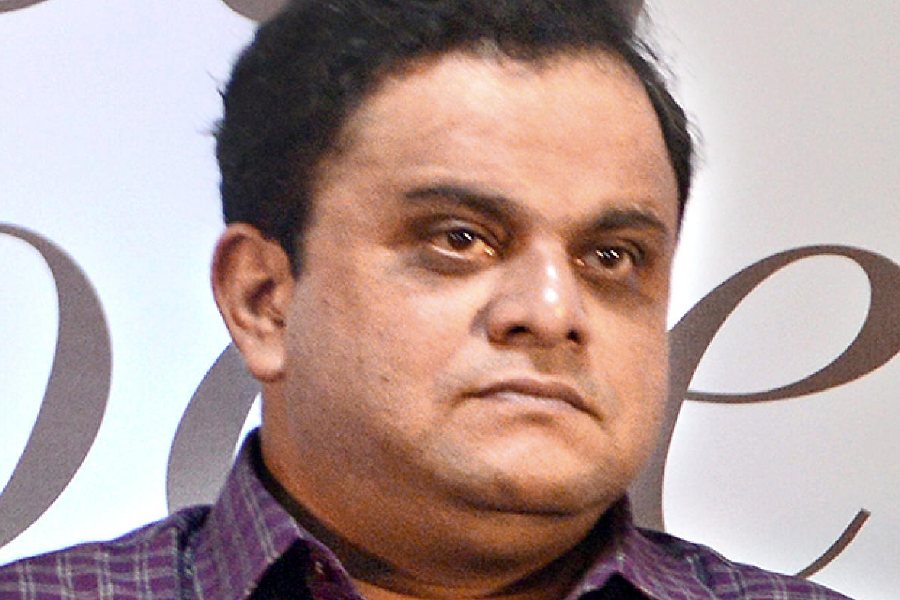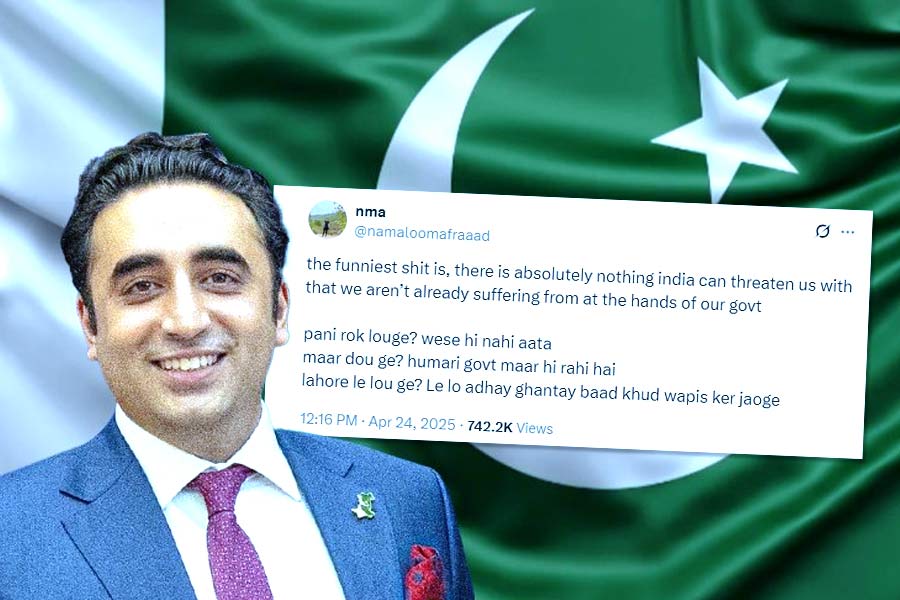 |
| A soldier walks through debris in the war zone after evacuating all Tamil civilians on May 18, 2009. (AFP) |
Colombo, Nov. 28 (Reuters): Sri Lanka began counting the dead from its 26-year civil war today, less than two weeks after the island nation came under intense international pressure to investigate allegations of war crimes during the climax of the conflict.
Some 16,000 officials will spread out across the country in a major operation that the government said would take six months to complete. More than 100,000 people are believed to have died during the 1983-2009 war between Tamil Tiger separatists concentrated in the north and government forces.
In the most contentious, bloody phase, some 300,000 civilians, mostly ethnic minority Tamils, were trapped on a narrow beach during the army's final onslaught on rebels, and a UN panel estimates 40,000 non-combatants died in a few days.
Both sides committed atrocities, but army shelling killed most victims, the panel concluded.
D.C.A. Gunawardena, director general of the Department of Census and Statistics, said the country-wide survey would assess the death toll and damage to property since 1982.
But he conceded that the census could not give a full picture of the scale of losses. “There is a limitation,” Gunawardena told Reuters. “If somebody’s whole family died or fled the country, then nobody will be there to give their details.”
British Prime Minister David Cameron said during a Commonwealth summit in Colombo this month that he would push for an international inquiry into allegations of war crimes if Sri Lanka did not conclude an independent investigation by March.
President Mahinda Rajapaksa, whose brother and defence secretary Gotabaya was one of the main architects of the war’s endgame four years ago, said he would conclude the investigation, but in his own time. The government has disputed the number of dead and missing Tamils. A state-run newspaper published an article earlier this month entitled “What are the names of the ‘40,000 dead’...?”
The report in the Daily News added: “On what grounds can they claim it was the armed forces who killed them? Where are the dead bodies, at least the skeletons, and how did the army manage to bury so many dead bodies?”
Steve Crawshaw, director of Amnesty International’s Office of the secretary general, gave the census a cautious welcome.


